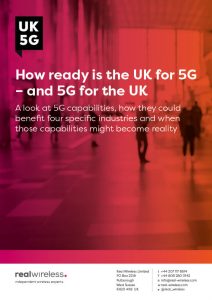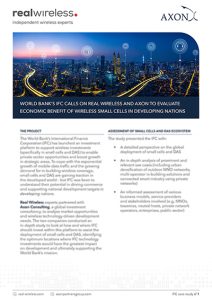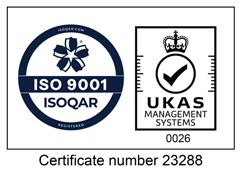Last month I had the chance to experience the launch of the UK’s first satellite to take off from UK soil, in this case from the Cornwall Spaceport. I roamed freely around the magnificent launch site, inspected the rocket and co-piloted Cosmic Girl, Virgin Orbit’s Boeing 747 carrying the rocket part-way into orbit; I even launched the rocket itself into orbit!
Except I wasn’t actually there. I did all of this from within a VR application in London.
Other, more down-to-earth, business applications exist for virtual, augmented, and mixed reality, notably for manufacturing, healthcare, education, culture, and entertainment. Pilots are routinely trained in advanced flight simulators; in recent client meetings, we have explored how to enable sports fans to join their favourite team or sports hero in a virtual live game or how to enable museum visitors to interact with their favourite artefacts. Is this the start of augmented reality for all?
Many people, view virtual or augmented reality with a certain amount of scepticism. And what about the ‘metaverse’ and ‘hyperconnectivity’? What are they all about? How do they fit together and why does this matter?
A couple of recent experiences, like my launch into space at the Cornwall Spaceport, got me thinking. So, why not use the opportunity of a blog to discuss this further?
Some big tech companies are betting their future success on an increased share of our personal, social and work activities moving to the metaverse. Many gamers are pioneers of metaverse collaborative digital experiences – taking on avatars, interacting with each other, experiencing new worlds, and making purchases to customise their appearance and skills on a computer connected to fibre broadband, without the need for VR headsets. Most real-world digital experiences need freedom of movement and must therefore rely on reliable, tetherless connectivity; when was the last time you plugged anything into a wired internet connection?
And this – untethered AR, VR, the metaverse and even basic web surfing – is where ‘hyperconnectivity’ comes into play. Many consumers use the terms Wi-Fi, internet, data or broadband interchangeably; they don’t know or care how they are connected. We increasingly expect the internet to be like the air we breathe – limitless, and available everywhere. Reality often disappoints. Even seasoned digital professionals who design and launch digital services and experiences for their end users often give little thought to the invisible wireless networks that magically deliver a flawless quality of experience (QoE) to all applications imaginable, everywhere, and always.
Most people expect to be always ‘hyperconnected’. They want to check the traffic from inside the basement car park of a hotel, office block or shopping centre. Or to FaceTime their friends, or live stream their experiences from a busy city street, shopping centre, train, concert hall or sports venue.
I recall conversations with early 5G trial pioneers, rolling out Gigabit-ready networks some years ago; when I asked them why anyone would need these astonishingly fast networks, the answer was compelling – connectivity must be so good, so far beyond our expectations that every app developer, every user, every application, and every innovation is unconstrained by connectivity.
However, this is rarely realistic in the commercial world. The communications industry must carefully balance costs with revenues, investing in quality of service (QoS) and quality of experience (QoE) management methodologies and toolkits that can carefully balance the network’s capabilities to meet digital user experience requirements. During very busy times, networks are trained to throttle data speeds and prioritise emergency and voice services to avoid more erratic failures.
Increasingly complex applications like the metaverse and XR, an all-encompassing term for VR (virtual reality), AR (augmented reality) and MR (mixed reality), demand ‘hyperconnectivity’ and a much more complex QoE framework. For example, the variable rendering speed, resolution, and real-time user interaction of a metaverse application drive QoS demands on the network – translated to latency, jitter, throughput, and error rate. 5G networks are designed with these applications in mind and QoE frameworks are evolving to account for these needs. Real Wireless has worked to develop an evolved QoE framework for 5G within the Horizon2020 5G-TOURS programme.
More advanced 5G capabilities are on their way, including improved speed, quality, reliability, near-real-time responsiveness and dynamic network slicing that can carve out a ‘hyperconnected’ private slice from the public network for whoever can pay for it. These will be made possible by the next evolutionary step of 5G networks that is 5G-SA, where ‘SA’ means ‘standalone’(or perhaps “super advanced” is more apt).
This is why, applying some of the ethos of the early 5G trial pioneers, those industries, businesses, hospitals, venues, museums, universities, communities, cities and nations with the drive and the business case to become ‘hyperconnected’ are already finding themselves compelled to invest in their very own mind-blowingly fast, reactive and reliable private 5G-SA networks.
1 XR is used as an all-encompassing term for VR (virtual reality), AR (augmented reality) and MR (mixed reality)

















